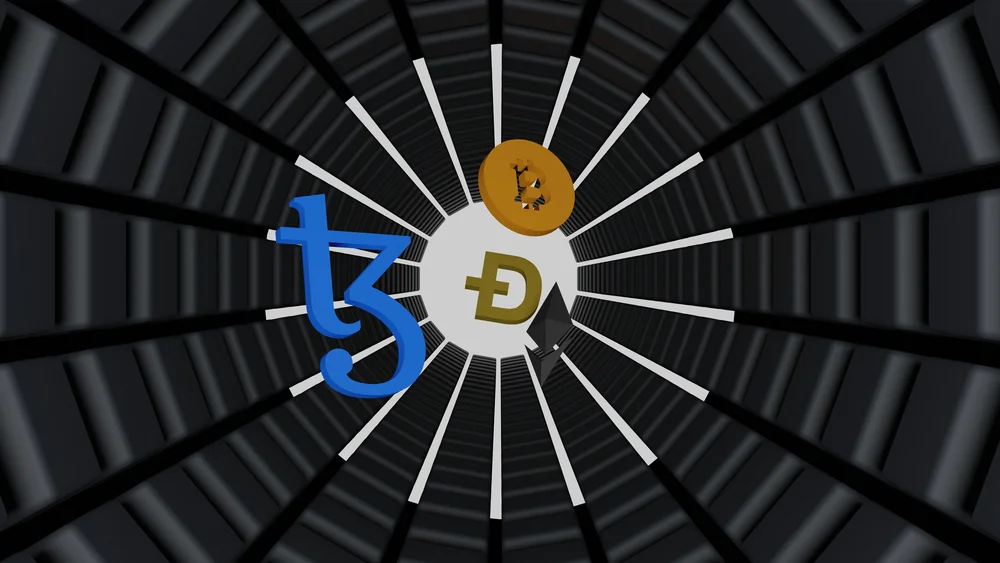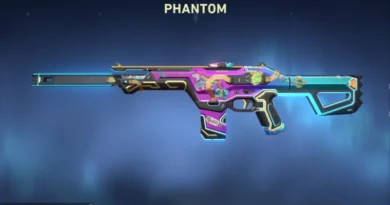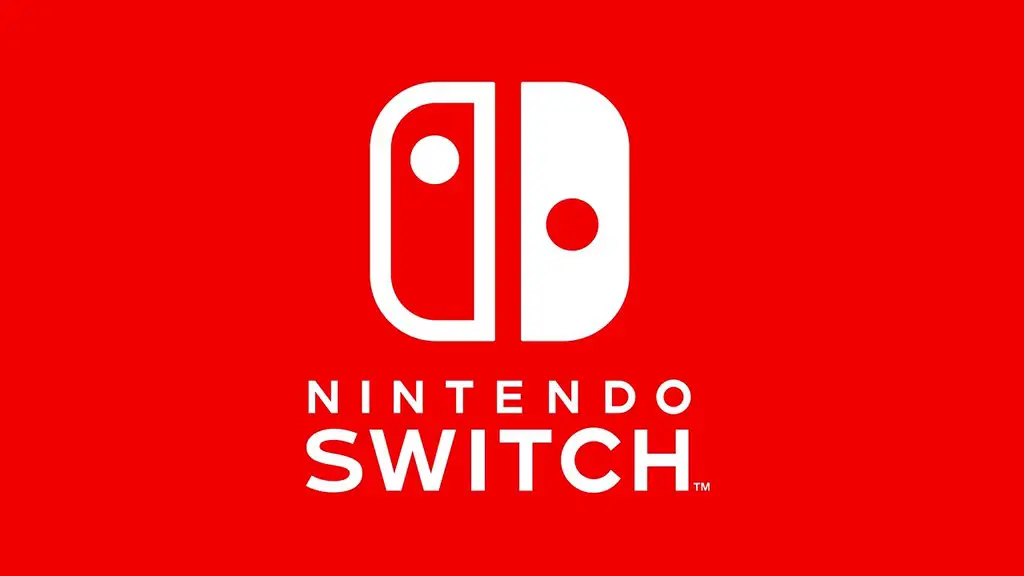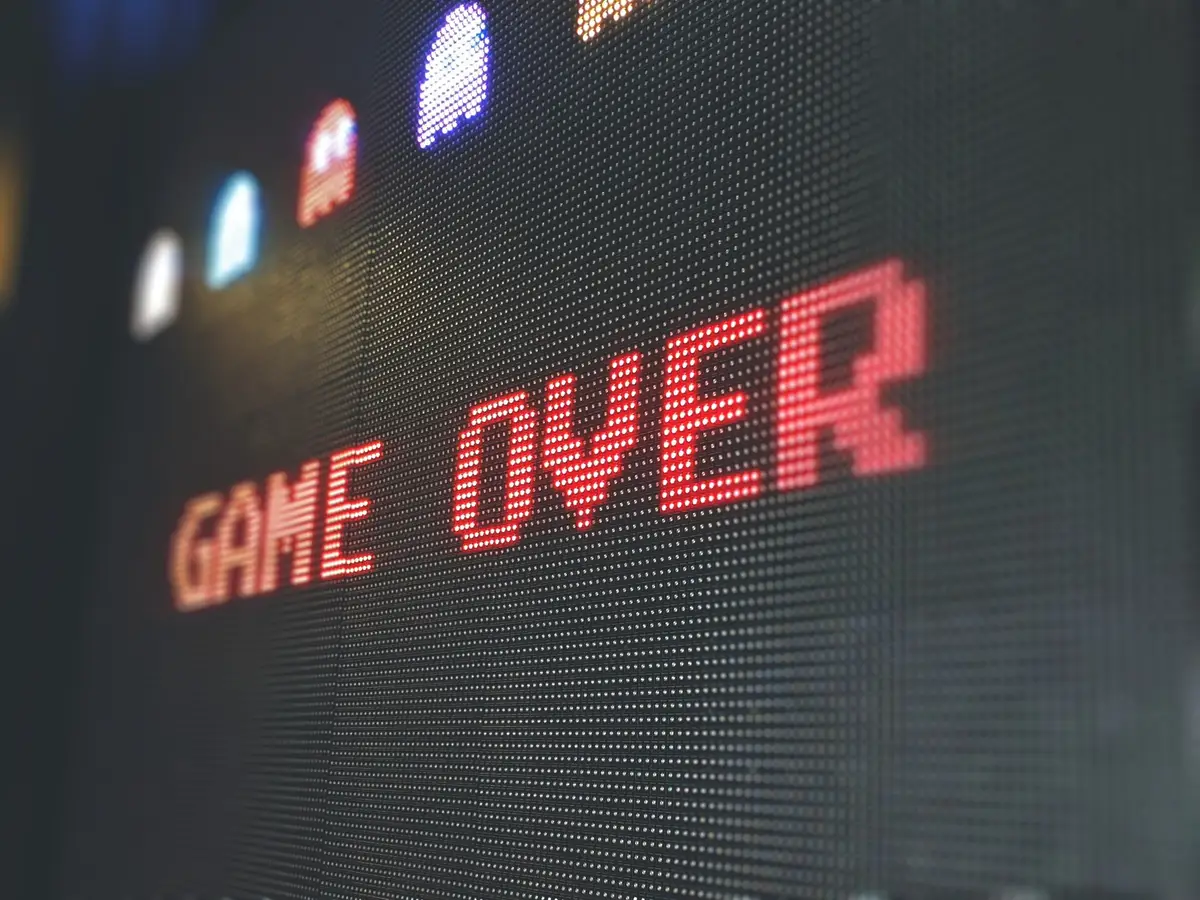How to Build an Outstanding Blockchain Game for the Metaverse
Even though the crypto market is going through a tough time, the metaverse field is developing day by day. According to PS market research, metaverse market revenue hit $58.5bn in 2021 and was predicted to reach $1.5trln by 2030. Hence, companies working in different sectors, from tech to retail, build their own metaverse solutions or invest in referring projects.
Since one of the most profitable areas is entertainment, plenty of investments are targeted at the creation of metaverse games. Even non-gaming companies build gaming products under their brand with the help of a professional metaverse game development company. Yet, it’s still better for product owners to know at least the basics of metaverse game development and what makes such a project successful. You are welcome to explore it in this article.
The Main Elements of a Metaverse Game
Most metaverse gaming projects are complex blockchain-based games. When developing one of those, specialists should stick to specific standards and consider integral elements that a metaverse game should have.
- Blockchain technology. Blockchain is the backbone of almost any metaverse game. Since the metaverse is a decentralized virtual world based on the crypto economy, commercial games of this space should follow the same concept. Blockchain systems can be different (e.g., Solana or Ethereum), depending on the main cryptocurrency you plan to use. It’s also responsible for the solid security of personal data and financial transactions.
- Smart contract. This program is an additional protection mechanism that makes it harder to tamper with users’ data. It also regulates financial relationships between gamers, a game, and crypto platforms during transactions as well as making deals. Developers can build a smart contract from scratch to suit your gaming project better. However, it takes much time, so many companies end up using a ready-developed program.
- Integration of NFTs and crypto wallets. Since one of the main missions of metaverse games is to provide an exciting way for crypto enthusiasts to invest in specific tokens and NFTs, blockchain-based games should offer corresponding functionality. Thus, your developers should take care of the seamless integration of the most popular NFT/crypto wallets into your game.
- Exciting gameplay. Even though metaverse gamers’ main goal is usually investing and gaining profit, that doesn’t detract from the high standards of gameplay and overall quality of a project. The current market is full of different blockchain games where users can make promising deals while having a great time. Therefore, it’s better to devote your team to a unique idea, vivid graphics, and exciting gameplay while working on your metaverse game.
3 Stages of Metaverse Game Development
Basically, metaverse game development can be performed through the 3 main stages: preparation, production, and post-production maintenance. Each of those also requires plenty of work to do that can be divided into several steps. Thus, let’s take a close look at the development of blockchain-based games for metaverses.
Pre-production
Usually, the metaverse game creation starts with a team of a product owner, a couple of managers, and key experts. The idea generation goes first, while all the further work is targeted at the development of this idea, planning the whole process, and defining the requirements as well as final goals.
Then, teams of professional executors like those from https://game-ace.com/ are driven to a company to make the magic happen. Once all the requirements are defined, and concept art is created, this information is collected into a single document called GDD — a game design document.
Execution
When your team is ready to begin with the development, content for a game is usually created first. Since the metaverse is a virtual 3D space, the content should also be volumetric. Thus, specialists perform 3D modeling, texturing, and animation of gaming characters, assets, and environments.
Once all the visuals are ready, it’s time for the back end — using a particular programming language to turn all the functionality, features, and actions into code. Blockchain and smart contract implementations are also performed at this stage of metaverse game development. As a part of the production, testing is conducted to check the code for bugs and errors.
Post-production
Even a fully ready and functional game isn’t the end of the production team. Your metaverse game will start gathering the first users’ feedback, reporting about the features they like, don’t like, or want to see in a product. Users will also find some missed bugs to fix.
Thus, your team will constantly be working on the updates, new features development, and implementation, as well as testing. Eventually, the great work on your metaverse game development and its efficient promotion will bring your company fruits of solid profit.




